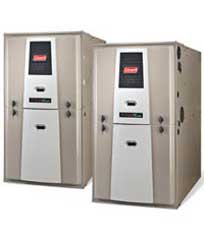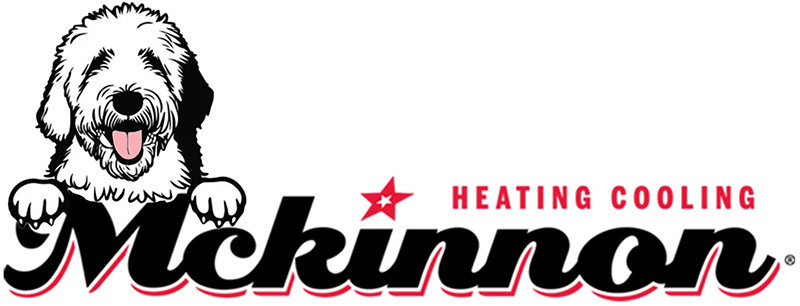 Huge gains in combustion efficiency have been made over the past decade in regard to forced air furnaces. The premium models available today can have as high as 98% efficiency. In 2010, Canada raised its minimum efficiency to 90 percent AFUE, eliminating the mid-efficient furnace option, which is still available in the U.S.
Huge gains in combustion efficiency have been made over the past decade in regard to forced air furnaces. The premium models available today can have as high as 98% efficiency. In 2010, Canada raised its minimum efficiency to 90 percent AFUE, eliminating the mid-efficient furnace option, which is still available in the U.S.
While this is making it difficult for some manufacturers, it is great news for consumers. Manufacturers must focus on other factors such as blower motor technology or energy efficiency at different stages of modulation to make their products stand out in the marketplace.
What consumers need to worry about now is not how efficient the system is, but how effectively it will perform in their homes. Having high efficiency equipment is one thing; getting it to perform at that efficiency level in a home is another. AFUE ratings are established in a controlled lab environment. In retrofit installations, existing ductwork can be undersized and the furnace location can be less than ideal.
Simply putting a very efficient machine into an outdated air distribution system may or may not do the job. Many Canadian homes were built with an 8 x 18 duct because that was the standard for years. These are designed to move 1,000 cubic feet of air at a 1,000 cfm, which may not be enough to maintain the efficiency of the furnace. As a result, operation can be noisier and less efficient.
This doesn’t mean upgrading is a waste of time though. If you replace an existing 75 percent AFUE furnace with a modern 90 percent plus model, you are going to see a noticeable difference in your fuel bills and also, in most cases, your comfort level.
Our technicians will examine the current setup in your home and help you choose the best furnace. We’ll walk you through everything to make sure you’ll be comfortable in your home and with your budget.

